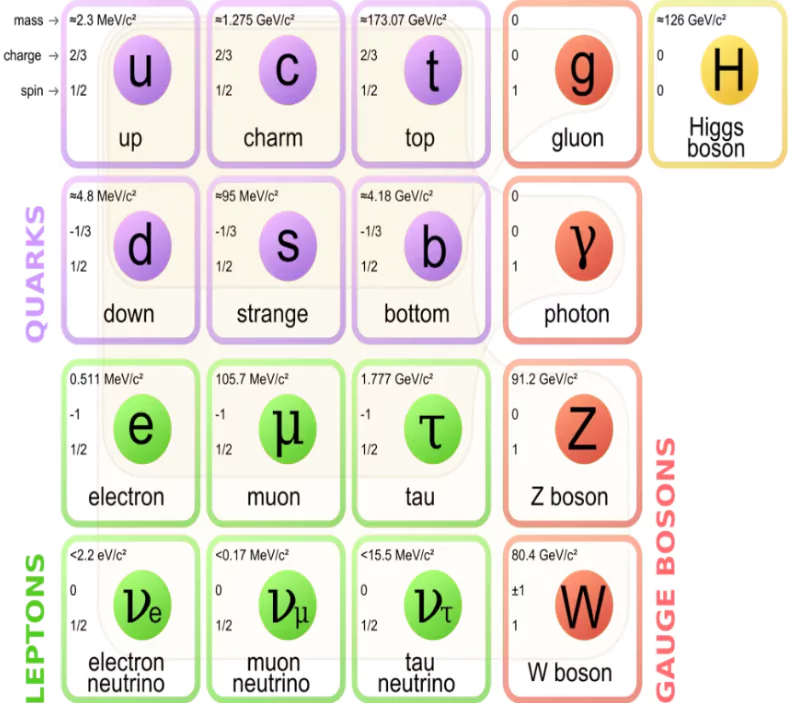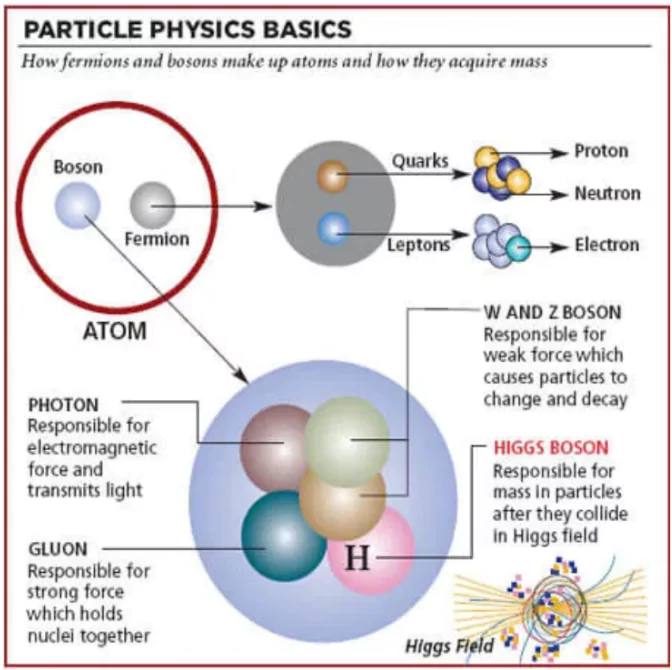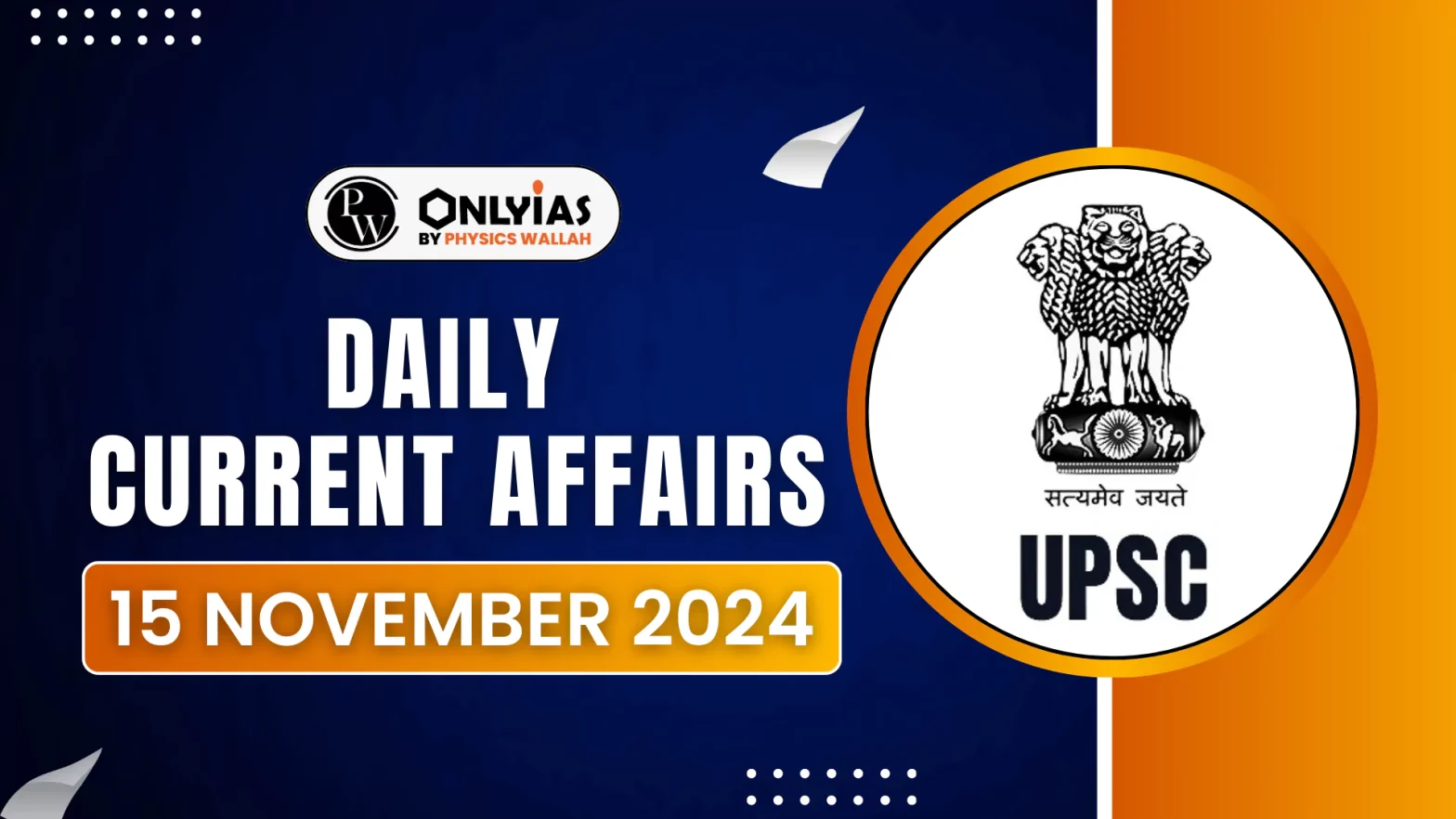In a significant milestone for India’s scientific community, the Science and Technology Minister virtually inaugurated the Centenary Celebrations of the iconic “Bose-Einstein” Statistics postulation at the “S.N. Bose National Centre for Basic Sciences”.
- The minister also shed light on the recently launched National Quantum Mission (NQM).
- He also highlighted how Bose’s legacy continues to inspire technological innovations and will play a central role in India’s “Second Quantum Revolution,” driving the country’s efforts to become a global leader in quantum research and applications.
Enroll now for UPSC Online Course
Second Quantum Revolution
- The Second Quantum Revolution is a current wave of breakthroughs in quantum physics that allows for greater control of individual quantum systems.
- This revolution is based on the idea that quantum mechanics can be engineered to do things, rather than just using widgets with special quantum properties.
Key aspects of the Second Quantum Revolution:
- Quantum entanglement: A cornerstone of the revolution, entanglement allows qubits to be correlated with each other, so that the state of one qubit can depend on the state of another.
- Quantum computers: Quantum computers use qubits, or quantum bits, instead of bits or 1s and 0s. This allows processors to be both a 1 and a 0 simultaneously, a state called quantum superposition.
- Applications
-
- The Second Quantum Revolution could lead to new applications, such as:
- Designing new catalysts for synthesizing chemicals
- Solving complex optimization problems
- Answering fundamental science questions
The first quantum revolution led to the 20th-century technological revolution, which included the transistor, laser, and atomic clock.
- These inventions led to computers, optical fiber communication, and the global positioning system.
|
About Bose-Einstein (B–E) Statistics
- B–E statistics describe the distribution of non-interacting, indistinguishable particles across energy states at thermal equilibrium.
- In 1924, Satyendra Nath Bose proposed this approach to particle behavior, later developed with Albert Einstein.
 Particles that follow B–E statistics are known as bosons, named after Bose.
Particles that follow B–E statistics are known as bosons, named after Bose.- Bosons have integer spin values (0, 1, 2, etc.) and include particles such as photons, gluons, and W and Z bosons.
- Relevance/Significance of B–E statistics:
- Lasers and Superconductivity: Central to the operation of lasers (Light Amplification by Stimulated Emission of Radiation) is the Bose-Einstein statistics.
- Bose-Einstein Condensate (BEC): A unique state of matter formed near absolute zero.
- BEC is a state of matter formed when particles known as bosons are cooled to temperatures near absolute zero (-273.15 degrees Celsius/0 Kelvin)
- State of matter: Four fundamental states of matter are solid, liquid, gas and plasma. But there are other states, such as Bose-Einstein condensates and time crystals
- Bose–Einstein statistics are used to describe the behaviour of certain particles in the Standard Model of Particle Physics
The Standard Model of Particle Physics

- The Standard Model explains the fundamental particles and their interactions, excluding gravity.
- It incorporates three fundamental forces: electromagnetism, weak nuclear force, and strong nuclear force.
- Particles are categorised into:
-
- Fermions: Particles making up matter, with half-integer spin (e.g., 1/2, 3/2). Includes:
- Quarks: Building blocks of protons and neutrons.
- Leptons: Includes particles like electrons.
- Bosons: Particles mediating forces between fermions, with integer spin (e.g., photons, W and Z bosons, gluons, Higgs boson).
Higgs Boson

- Peter Higgs first proposed the existence of the Higgs field and the associated Higgs boson in the 1960s.
- Peter Higgs won the Nobel Prize in Physics in 2013 for his work on the Higgs boson, and he died in 2024
- It is the fundamental particle associated with the Higgs field.
- It is a field that gives mass to other fundamental particles such as electrons and quarks.
- Popularly known as the God particle
- It’s a type of Boson (A force-carrying subatomic particle).
- Properties of Higgs Boson:
- Mass: Mass of 125 GeV/c2 (A unit of mass used for subatomic particles), which is about 130 times the mass of a proton.
- Spin: It is a scalar particle and has ‘0’ spin that is why it does not possess any angular momentum. It is the only elementary particle with no spin.
- Lifetime: Very short and it rapidly decays into other particles after it is produced in high-energy collisions.
- Detection: It is detected indirectly by observing the particles it decays into.
Check Out UPSC Modules From PW Store
About National Quantum Mission
- Implementing Body: The Department of Science & Technology (DST) under the Ministry of Science & Technology will implement the National Quantum Mission.
- Funding and Duration: Total cost of Rs.6003.65 crore from 2023-24 to 2030-31.
- Objective: The mission aims to seed, nurture, and scale up scientific and industrial R&D, creating a vibrant and innovative ecosystem in Quantum Technology (QT).
- Global Context: India becomes the seventh country to launch a dedicated quantum mission after the US, Austria, Finland, France, Canada, and China.
- Focus Areas: The mission focuses on developing quantum technologies and applications (QTA) that will drive economic growth, nurture the technological ecosystem, and position India as a global leader in quantum technologies.
Salient Features of NQM
- Quantum Computers Development: The mission’s target is to develop intermediate-scale quantum computers with 50-100 physical qubits in 5 years and 50-1000 physical qubits in 8 years.
- Technological Advancements:
- Magnetometers: Development of high-sensitivity magnetometers for precision timing, communications, and navigation (e.g., atomic clocks).
- Quantum Materials: Support for the design and synthesis of quantum materials like superconductors, novel semiconductor structures, and topological materials for fabricating quantum devices.
- Quantum Communication:
- Satellite-based secure quantum communications between ground stations across 2000 km within India.
- Long-distance secure quantum communications with other countries.
- Inter-city quantum key distribution over 2000 km.
- Multi-node quantum network with quantum memories.
- Thematic Hubs (T-Hubs): Four T-Hubs will be established in top academic and National R&D institutes focusing on:
- Quantum Computation
- Quantum Communication
- Quantum Sensing & Metrology
- Quantum Materials & Device
![]() 15 Nov 2024
15 Nov 2024

 Particles that follow B–E statistics are known as bosons, named after Bose.
Particles that follow B–E statistics are known as bosons, named after Bose.

